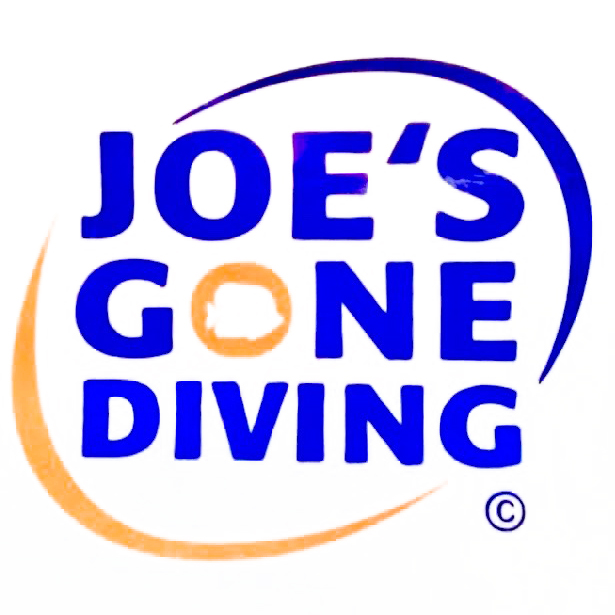03 Aug Extend your dive limits with Enriched Air
Just must have seen these divers, they have distinctly marked tanks, green with yellow stripes and Nitrox or Enriched air written over it. What is it? Why are they using it? If you have asked yourself these questions, or if you are interested to extend your knowledge you arrived at the right place.
Misconceptions
So most of the time you hear: with Nitrox you can dive deeper and longer. Well actually you can’t, you cannot dive longer you still have the same amount of breathing gas with you, the volume hasn’t changed. Deeper well not really….
So what can you do ?
Before answering this questions let’s go back to our Open Water Course, what did we learn? As we go underwater, increased pressure causes us to absorb more nitrogen into our body, the deeper we go, the more nitrogen we absorb. When we get back to the surface, we slowly start releasing the nitrogen we have absorbed. Our bodies can only absorb a certain amount of Nitrogen, if we absorb too much, we run the risk of decompression sickness if we had to ascend in the event of an emergency.
Can you remember? So the deeper you go the higher the pressure, the deeper you go less time can be spend under water, because you absorb more nitrogen. There is a limit on the amount of nitrogen we should absorb called the non-decompression limit. Can you remember the table, I will mention some examples.
When making a dive to 30 meters the non-decompression limit (time you spend on that depth) is 20 minutes.
When making a dive to 15 meters the non-decompression limit (time you can spend on that depth) is 72 minutes.
The air that you breathe has 21% oxygen and 79 % Nitrogen in it. So what is limiting you? Well the amount of nitrogen is, we can lower the amount of nitrogen we absorb less nitrogen resulting in longer bottom times. So for example instead of 21% oxygen and 79% of nitrogen we are going to use 32% of oxygen and 68% of nitrogen. This is called enriched air; enriched air is a higher percentage of oxygen than 21% in a breathing mix. As recreational diver the maximum percentage is 40% of oxygen and 60% of nitrogen.
Let’s go back to our example
Going to a depth of 30 meters with 21 % oxygen and 79% nitrogen our maximum bottom time is 20 minutes.
Going to a depth of 30 meters with 32% oxygen and 68% nitrogen our maximum bottom time is 30 minutes.
Going to a depth of 15 meters with 21 % oxygen and 79% nitrogen our maximum bottom time is 72 minutes.
Going to a depth of 15 meters with 32% oxygen and 68% nitrogen our maximum bottom time is 130 minutes.
That’s a major difference.
You can ask yourself why would I want to spend 130 minutes on 15. Well it’s not only that, your buildup of nitrogen in your body is less; your interval times can be shorter and/or you can make more dives on one day.
Nitrox very simply refers to a combination of nitrogen and oxygen. When we refer to Nitrox with regard to diving, we are usually referring to Enriched Air Nitrox, which means that we have added more oxygen to the compressed air inside the cylinder than the standard 21% found in air.
So the benefit?
Well very simply, the more oxygen we breathe, the less nitrogen we absorb. So if we are diving with a higher percentage of oxygen it will take us longer to reach the no decompression limits we talked about earlier. The key thing to note is not that we get a benefit from the increased oxygen itself, but rather by virtue of us having less nitrogen in the breathing mix.
So next time I go diving I can ask for Nitrox?
There are special procedures to use Nitrox, nothing scary or complicated, just rules you have to be aware of and that you need to follow. You can take the PADI Enriched Course, during 2015 Joe’s Gone Diving has a special on this course $125 instead of $160 while doing a fun dive with us. It only takes a few hours to get Nitrox certified. Also you will be diving on Nitrox for free on the fun dive day, so you can experience it first hand.
Take the next step today and contact us for your Nitrox Specialty.

Sorry, the comment form is closed at this time.